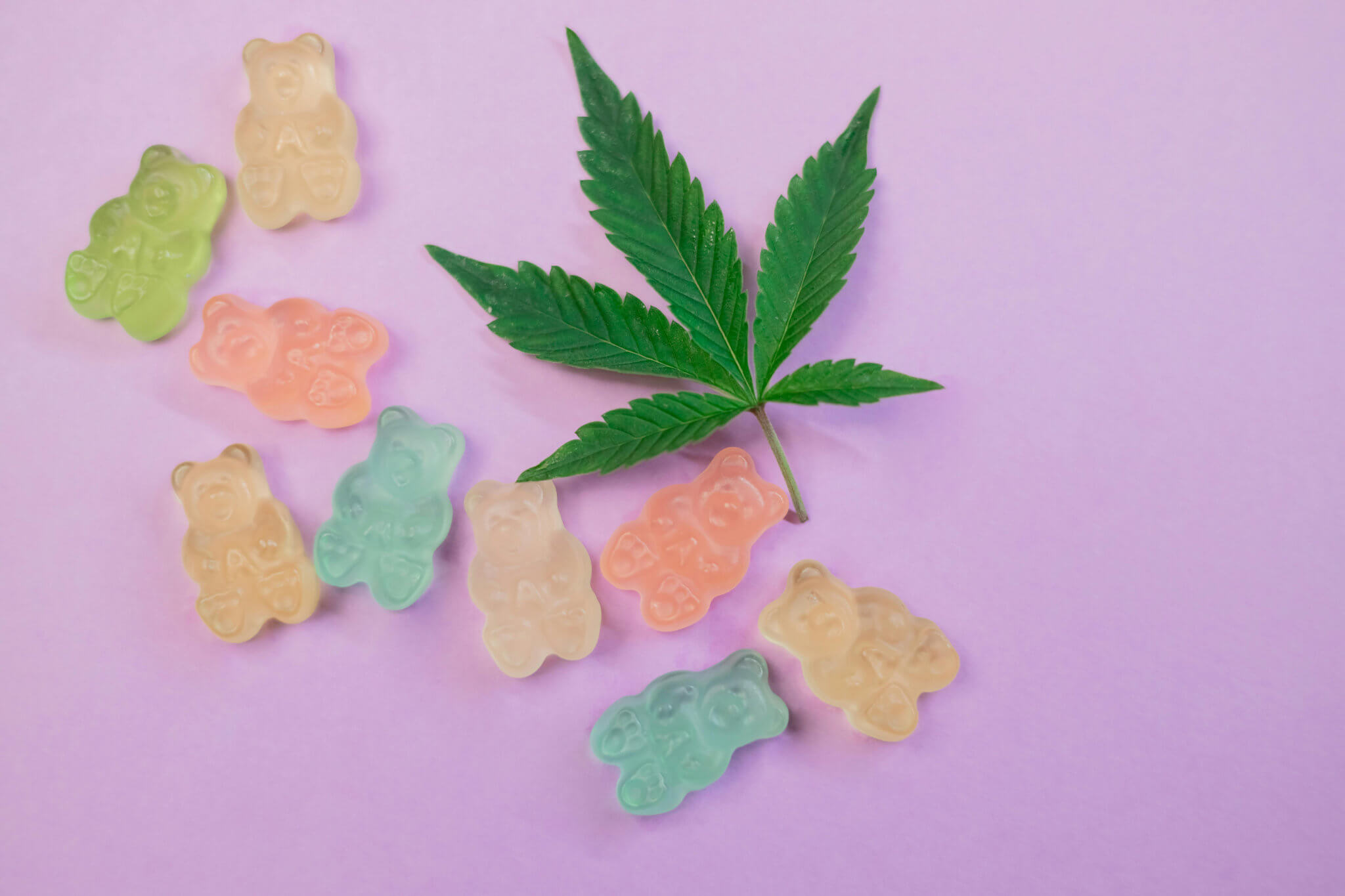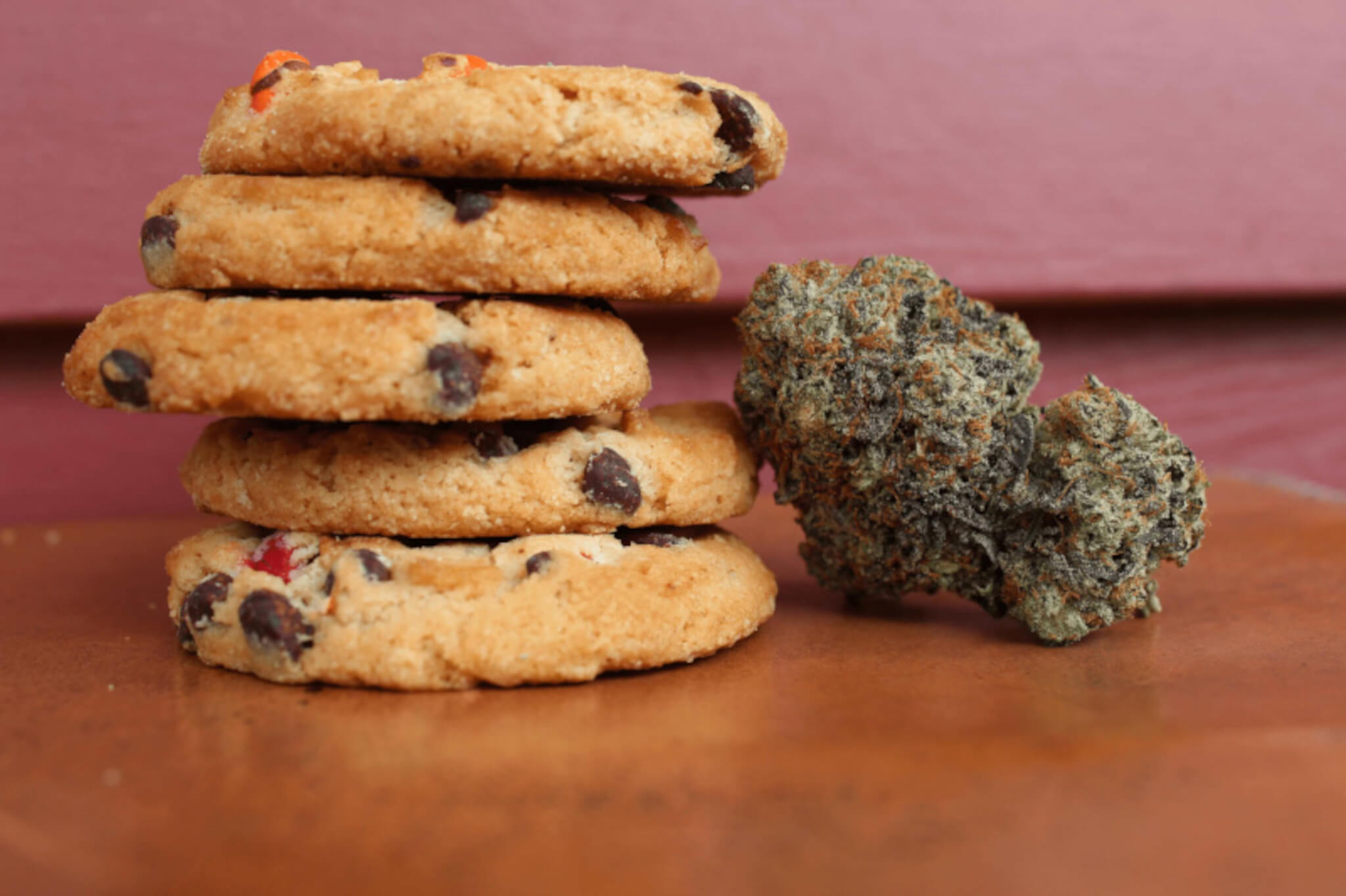
A Beginner’s Guide to Cannabis Consumption Methods
Your roadmap to safe, enjoyable, and effective cannabis use
THE SECRETS BEHIND 11-HYDROXY-THC, THE DECARB PROCESS, AND MORE

Edibles have become one of the most popular—and delicious—ways to consume cannabis. From homemade brownies to store-bought gummies, these tasty treats provide a unique and often more intense experience than smoking or vaping. But what exactly makes an edible so different? Why do the effects sometimes feel stronger and last longer, and what’s the science behind it all?
In this post, we’ll dive into the world of cannabis edibles, uncovering the crucial role of a compound called 11-Hydroxy-THC, the importance of decarboxylation in unlocking THC’s psychoactive properties, and the wide variety of edible products available on the market. Whether you’re a curious newcomer or a seasoned enthusiast, you’ll learn how edibles are made, why their effects differ from inhaled cannabis, and how to safely and effectively enjoy these infused treats. Let’s get started on our journey into the flavorful realm of cannabis edibles!
Edibles are any food or beverage infused with cannabinoids— primarily THC (tetrahydrocannabinol) or CBD (cannabidiol)— extracted from the cannabis plant. They come in countless forms, such as cookies, chocolates, gummies, beverages, capsules, and more. When you ingest these products, the cannabinoids travel through your digestive system before being metabolized by your liver.
While smoking or vaping cannabis delivers THC almost instantly through the lungs and into the bloodstream, edibles generally take longer to kick in—often anywhere from 30 minutes to 2 hours—and they also tend to last significantly longer. According to a systematic review published in Cannabis and Cannabinoid Research, this delayed onset is primarily because edibles must be digested before the cannabinoids are absorbed into the bloodstream.
Interested in comparing edibles to inhalation methods? Check out A Beginner’s Guide to Cannabis Consumption Methods on CannaBook for a closer look at how different consumption methods affect the body.
When you smoke or vape cannabis, THC quickly passes from your lungs into your bloodstream and travels to your brain, creating a near-instant “high.” But edibles take a different route. The THC from edibles is absorbed through the stomach and intestines, then sent to the liver. In the liver, THC is metabolized into a compound called 11-Hydroxy-THC.
According to a study published in Drug Testing and Analysis, 11-Hydroxy-THC is a potent metabolite of THC that can cross the blood-brain barrier more efficiently. This increased potency explains why the “high” from edibles can sometimes feel stronger and more psychedelic than inhaled cannabis.
Cannabis in its raw form contains THCA (tetrahydrocannabinolic acid), which is the non-psychoactive precursor to THC. Decarboxylation (often shortened to “decarb”) is the process of heating cannabis to a specific temperature for a certain duration, causing THCA to lose a carboxyl group and convert into THC.
According to a study published in Cannabis and Cannabinoid Research, decarboxylation is essential for activating THC’s psychoactive properties. Without decarb, you wouldn’t get the intended effects from your edibles.
If you’re making edibles in your own kitchen, you’ll need to decarboxylate your cannabis first. While there’s no one-size-fits- all approach, many home cooks follow this general procedure:
Lower temperatures for a longer duration may preserve more terpenes, which contribute to aroma and potential therapeutic effects. Higher temperatures for a shorter duration can speed up the process but risk burning off some beneficial compounds.
Ultimately, your perfect decarb method can depend on the recipe, the strain, and personal preference regarding flavor and potency.
Edibles come in a dazzling array of options—some are classic, while others are more innovative. Each type can affect you differently, especially depending on how they’re processed and what additional ingredients they contain.
If you’re new to edibles, begin with 2.5–5 mg of THC and wait at least 2 hours before deciding if you need more. Everyone’s metabolism and sensitivity to THC vary, so what feels mild to one person can be overwhelming to another. For more tips on responsible cannabis use, see Top 10 Tips for Safe and Effective Cannabis Use on CannaBook.
Alcohol can intensify the effects of THC, potentially leading to unpleasant or unpredictable experiences. If you choose to mix substances, do so with extreme caution and awareness.
Legally sold edibles in many regions list THC content, dosage per serving, and recommended serving sizes. Homemade edibles are trickier to dose precisely, so always test small amounts before consuming more.
Despite taking precautions, you might accidentally consume too much THC. If that happens:
A review in Drug Testing and Analysis suggests that oral THC results in a slower onset, extended duration, and a more potent psychoactive metabolite (11-Hydroxy-THC). Researchers also note that individual responses can vary widely based on factors like body weight, metabolism, tolerance, and even gut microbiome.
Cannabis edibles aren’t just about delectable treats and creative flavors; they’re rooted in fascinating science and precise chemistry. Understanding how THC converts into 11-Hydroxy-THC when ingested, why decarboxylation is crucial, and the various forms edibles can take will give you a well-rounded perspective on this popular consumption method. With their discreet nature and long-lasting effects, edibles offer a convenient and enjoyable alternative for both medicinal and recreational cannabis enthusiasts.
However, it’s essential to treat edibles with respect. Proper dosing, a suitable environment, and awareness of potential pitfalls like overconsumption will ensure a positive and safe experience. Whether you’re exploring edibles for relief from chronic pain or simply curious about how they differ from smoking, the key is to stay informed and approach them responsibly.
The next time you reach for an infused cookie or sip a THC-infused tea, you’ll know exactly what makes an edible tick—and how to make the most of it! If you’re seeking a deeper dive into medical cannabis, be sure to read The Ultimate Guide to Medical Cannabis for more comprehensive insights.